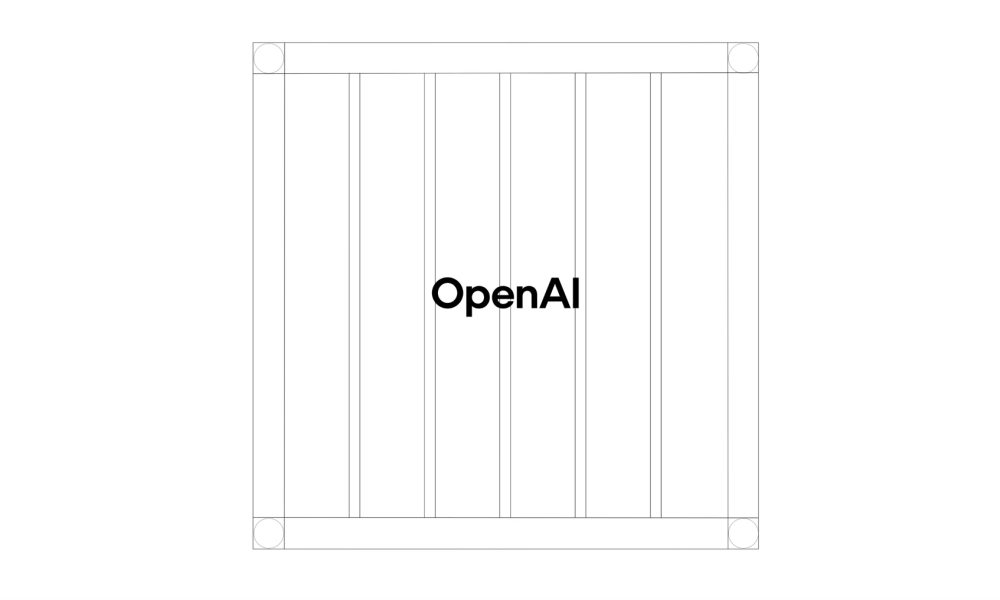Share Share Share Share Email In the digital era, Puneet Gupta , a seasoned expert in semiconductor design, presents an innovative approach to resolving hold time violations in advanced System-on-Chip (SoC) designs. His research introduces a machine learning-enhanced greedy algorithm that optimizes timing closure while maintaining power efficiency and minimizing congestion. Addressing Hold Time Challenges in Modern SoC Designs Hold time violations in modern high-performance SoC designs represent an increasingly significant challenge as semiconductor technology scales down.
These violations occur when data arrives too quickly at sequential elements compared to clock signals, potentially corrupting data integrity. While traditional remediation techniques focus on endpoint-based delay cell insertion, this approach often introduces undesirable side effects including increased power consumption, routing congestion, and timing closure difficulties. More sophisticated methodologies are now emerging that employ intelligent path-based analysis, strategic clock tree synthesis optimization, and multi-corner timing verification to address hold violations with minimal impact on overall design metrics and performance goals.

Limitations of Traditional Approaches Conventional hold-fixing methodologies often treat each violation independently, failing to recognize commonalities across multiple timing paths. This isolated approach leads to suboptimal resource utilization, increased power consumption, and extended design closure cycles. Moreover, fixing violations in one clock domain can inadvertently introduce new setup violations elsewhere, necessitating multiple iterations.
Advanced approaches now prioritize a system-level perspective, identifying shared paths and implementing coordinated fixes across multiple violations simultaneously. By leveraging machine learning algorithms to predict the cascading effects of proposed solutions, designers can minimize disruption to critical paths while optimizing delay insertion strategies. Additionally, cross-domain timing analysis tools enable comprehensive evaluation of fix strategies prior to implementation, significantly reducing iteration cycles and improving convergence rates.
Intelligent Path Selection and Optimization The algorithm employs a sophisticated scoring system to evaluate timing paths, prioritizing paths with optimal setup slack margins and fan-out distribution patterns. By dynamically refining its priority queue, the methodology continuously adapts to design constraints, ensuring an efficient and effective optimization process. Common Point Identification: A Breakthrough Strategy A key innovation of this approach lies in common point identification, where the algorithm analyzes path topologies to determine strategic insertion points.
This strategy has proven to reduce buffer count by 30-40%, mitigating unnecessary power and area overhead while preserving timing integrity. Multi-Mode Timing Considerations Modern SoC architectures operate across multiple voltage domains and frequency variations, necessitating a robust optimization approach. The greedy algorithm seamlessly integrates multi-mode analysis, ensuring timing integrity across different operational scenarios.
This capability has demonstrated up to a 25% reduction in iteration cycles required for complete timing closure. Implementation Strategy The methodology leverages machine learning techniques such as transfer learning and active learning to refine delay cell placement. By analyzing patterns across similar design blocks, it enables efficient timing optimization, reducing analysis time by 30% and overall buffer insertion by 25%.
Congestion-Aware Optimization One of the standout aspects of this methodology is its congestion-aware approach, which prioritizes areas with lower routing congestion for delay cell placement. By balancing timing improvements with routing resources, this approach minimizes routing detours and ensures stable clock tree performance. Impact on Power and Area Efficiency The reduction in buffer count translates to a 3-6% savings in silicon area, with dynamic power reductions reaching 5-8%.
These improvements are particularly beneficial for mobile and IoT applications, where power efficiency is paramount. Additionally, leakage power reductions of up to 10% have been observed in sub-5nm designs. Faster Turnaround Time By integrating advanced machine learning techniques, the methodology has streamlined verification cycles, reducing the number of timing closure iterations by 45-55%.
Future of Timing Optimization The success of this approach in advanced FinFET and Gate-All-Around (GAA) technologies underscores its potential for future semiconductor advancements. As chip architectures continue to grow in complexity, integrating intelligent algorithms will be crucial in maintaining efficiency while pushing the boundaries of performance. In conclusion, Puneet Gupta’s research marks a significant step forward in timing optimization for modern SoC designs.
By leveraging a machine learning-enhanced greedy algorithm, his methodology effectively balances timing closure, power efficiency, and design scalability. With continuous advancements in AI-driven optimization, this approach is set to play a pivotal role in the evolution of semiconductor design methodologies. Related Items: machine learning , Puneet Gupta Share Share Share Share Email Recommended for you Revolutionizing Credit Line Assignment with Machine Learning Advancing Healthcare: How Machine Learning is Transforming Mobile Health Applications Real-Time Machine Learning: The Shift Toward Streaming Inference Comments.
Technology

Optimizing Chip Design with Machine Learning-Driven Greedy Algorithms

In the digital era, Puneet Gupta, a seasoned expert in semiconductor design, presents an innovative approach to resolving hold time violations in advanced System-on-Chip (SoC) designs. His research introduces a machine learning-enhanced greedy algorithm that optimizes timing closure while maintaining power efficiency and minimizing congestion. Addressing Hold Time Challenges in Modern SoC Designs Hold time [...]The post Optimizing Chip Design with Machine Learning-Driven Greedy Algorithms appeared first on TechBullion.















